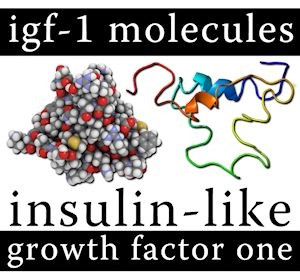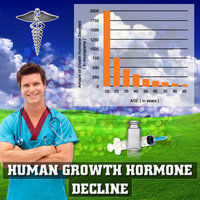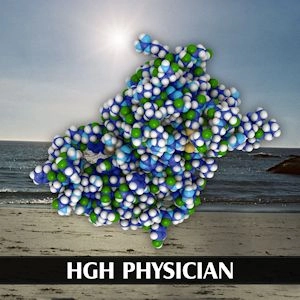Reading Time: 2 minutesIntroduction Non-bacterial prostatitis, a common yet poorly understood condition, presents a significant challenge in the field of urology, particularly among American men. This condition, characterized by pelvic pain, urinary symptoms, and sexual dysfunction, often coexists with hypogonadism, a state of low testosterone levels. Recent research has begun to explore the intricate relationship between non-bacterial prostatitis and hypogonadism, focusing on inflammatory mediator profiles and the potential benefits of testosterone therapy. This article delves into these findings, offering valuable insights for American men grappling with these conditions. Understanding Non-Bacterial Prostatitis and Hypogonadism Non-bacterial prostatitis, also known as chronic prostatitis/chronic pelvic pain syndrome … Continue reading →













